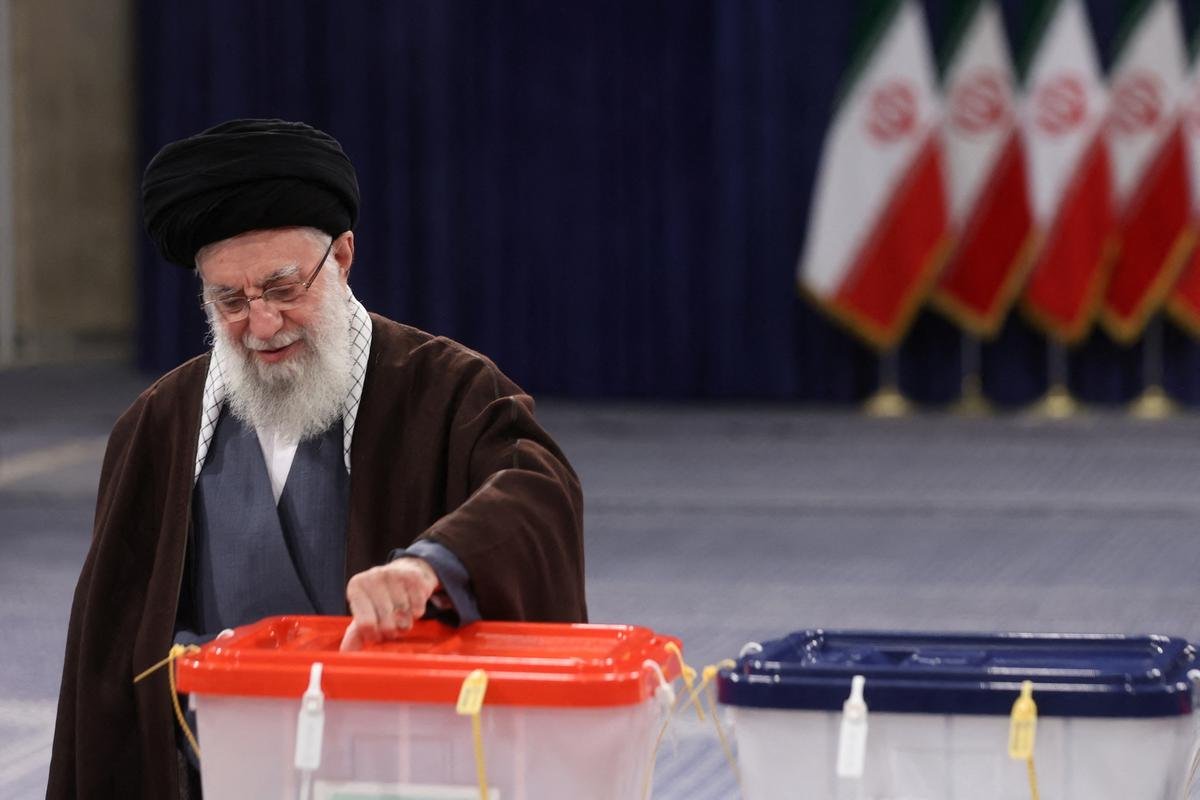In the Islamic Republic of Iran, a significant yet seemingly predetermined political event unfurls as the country conducts its general elections. With 61 million Iranians eligible to participate, the stakes are ostensibly high, marking another chapter in the nation’s complex journey toward maintaining both internal stability and international legitimacy. However, early reports forecast a palpable disinterest among the electorate, projecting what might become the lowest voter turnout in Iran’s recent history, estimated at around 41%.
Since the last electoral exercise in 2020, Iran has navigated through turbulent waters, grappling with challenges on both economic and social fronts. Official figures peg the nation’s inflation at a daunting 40%, though economic analysts argue the reality is closer to a staggering 50%. Coupled with persistent international sanctions and the devaluation of the Rial, Iran’s currency, the country’s economic predicament has grown increasingly dire.
The social landscape is no less strained. The death of Mahsa Amini in 2022, over alleged non-compliance with hijab laws, sparked widespread protests, illustrating deep-seated discontent and pushing the regime to adopt stringent measures to quell dissent. The resultant crackdown witnessed the loss of approximately 500 lives, with thousands arrested and several executed. This heavy-handed response has evidently contributed to the prevailing apathy towards the elections.

Amidst this backdrop, Iran’s Supreme Leader, Seyyed Ali Hosseini Khamenei, has attempted to frame voting as an act of defiance against those perceived as Iran’s ill-wishers, primarily pointing fingers at the US and Israel. Khamenei’s call to vote, positioned as a patriotic duty, aims to counteract expectations of a low turnout. However, with the votes being manually counted over the next few days, only time will tell how the Iranian populace has responded to this appeal.
This election’s significance lies not in its capacity to alter the balance of power within the country — the Supreme Leader retains ultimate authority over critical domains such as foreign policy and nuclear direction. Rather, its import rests on the selection process for the Assembly of Experts. This body of 88 clerics holds the responsibility of choosing the Supreme Leader’s successor, making this election crucial for shaping Iran’s future leadership landscape.
Ironically, the general election itself offers limited choice to the voters. With around 15,200 candidates vying for 290 seats in the Parliament, all have been pre-vetted by the Guardian Council, ensuring alignment with the Supreme Leader’s vision. The playing field is dominated by hardline and conservative factions, leaving little room for reformist voices, which have been significantly diminished in this electoral round.
As Iran navigates through its current socio-political and economic turmoil, the general election embodies a struggle for both legitimacy and control. While the official narrative hails it as a display of the democratic process, the underlying reality — marked by voter disengagement and a predetermined slate of candidates — tells a different story. It is a telling reflection of a nation at a crossroads, seeking pathways to recovery and reform while ensnared in the grip of enduring internal and external pressures.
Read More:- India Accused of “Water Terrorism” for New Dam Construction by Pakistani Press
In this crucible of crisis and continuity, the Iranian elections are less about who wins and more about the turnout, serving as a barometer for public faith in the regime’s capacity to guide the nation toward stability and prosperity.
Are you a fan of Anime? Head on to Pop Media Pulse
